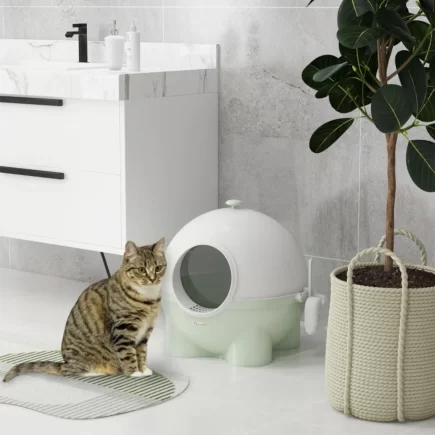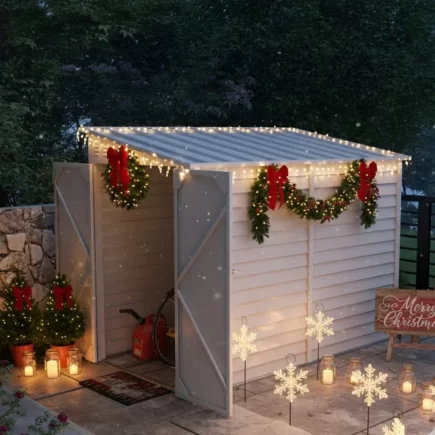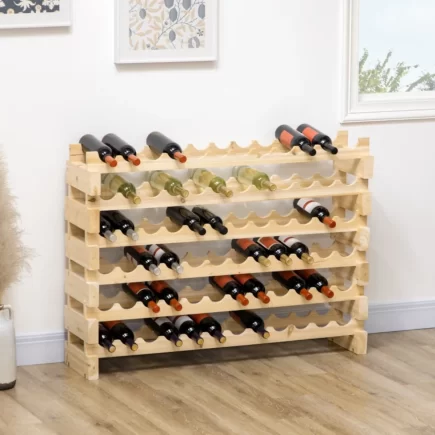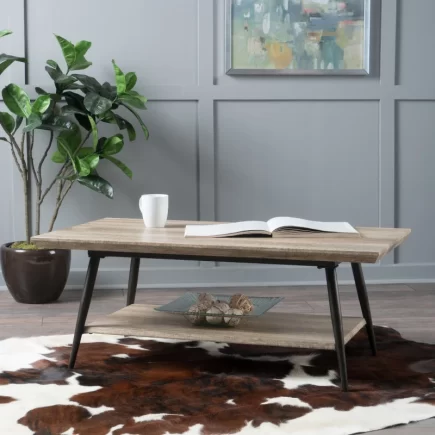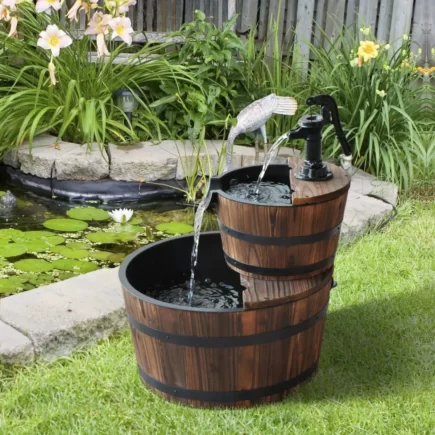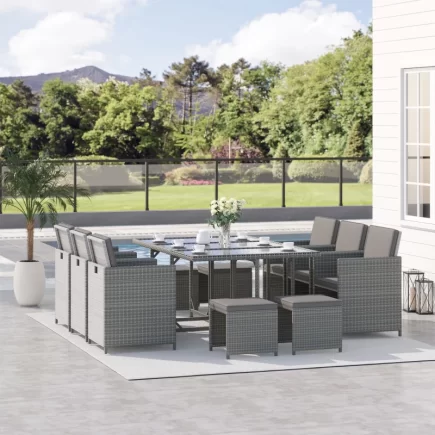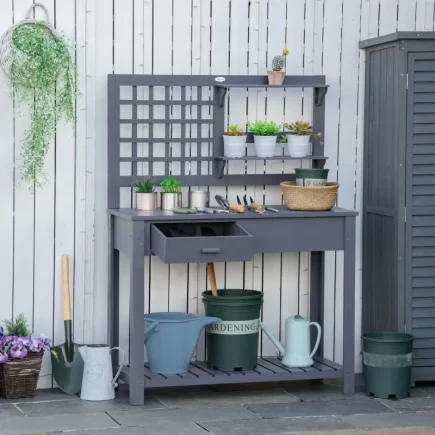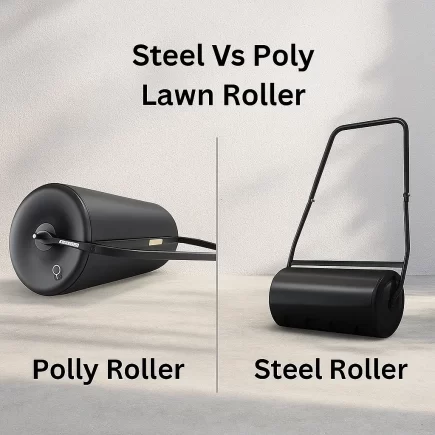As the days grow shorter and temperatures dip, it’s time to start thinking about preparing your above ground pool for winter. Winterizing your pool ensures that it remains in good condition and can be quickly and easily reopened when the warm weather returns. In this expert guide, we will walk you through every step of winterizing your above ground pool, covering everything from cleaning and balancing chemicals to securing the cover and protecting your equipment.

Following these steps will not only protect your pool from freeze damage but also make your pool opening process in the spring as hassle-free as possible.
What You’ll Need for Winterizing Your Pool
To ensure a smooth and efficient winterization process, you’ll need the right tools, materials, and chemicals. Below is a list of essential items:

Essential Tools and Materials
| Item | Purpose |
| Pool Cover | To protect the pool from debris and weather conditions. |
| Winterizing Chemicals | Chemicals like algaecides, chlorine or non-chlorine shock, and stain removers. |
| Air Pillows | To support the pool cover and prevent damage from ice expansion. |
| Winterizing Plugs | To seal the skimmer and return lines and prevent water entry. |
| Pool Vacuum & Skimmer Net | To clean the pool and remove debris before covering it. |
| Submersible Pump | To help lower the water level and remove excess water from the cover. |
| Pool Brush | To scrub the pool walls and ensure there is no algae or debris left. |
Ensure that all these items are gathered and ready before you start winterizing your pool.
Step-by-Step Instructions for Winterizing Your Pool
Winterizing your pool is a multi-step process that requires attention to detail. Follow these steps carefully to ensure your pool remains in excellent condition throughout the off-season.
Step 1: Clean and Vacuum the Pool Thoroughly
Before closing up your pool for the winter, cleaning it properly is critical to ensure no debris or dirt is left behind that could affect water balance or encourage algae growth.

1. Skim the Surface
Start by using a skimmer net to remove leaves, twigs, and any floating debris. This will reduce the amount of debris that could sink to the bottom and make cleaning more difficult later.
2. Vacuum the Pool
After removing debris from the surface, use a pool vacuum to clean the bottom. Dirt, sand, and other particles can settle over time, so it’s important to remove them before closing. This will help prevent staining and water quality issues.
3. Brush the Pool Walls and Floor
Use a pool brush to scrub the walls, especially around the waterline, where dirt tends to accumulate. Pay attention to corners and areas where debris can get trapped. This will help eliminate any algae buildup and make winterizing easier.
Cleaning your pool thoroughly before winterizing it will prevent algae growth and ensure the liner and structure are protected from potential staining or build-up during the off-season.
Step 2: Test and Adjust the Water Chemistry
To prevent damage to the pool’s surface, the water, and the pool equipment, it’s crucial to achieve the right chemical balance before closing your pool.
1. Test pH Levels
The ideal pH for pool water is between 7.4 and 7.6. If the pH is too low, it can cause corrosion of pool equipment, and if it’s too high, it can cause scaling. Use a pH increaser or decreaser to bring the levels into the ideal range.
2. Test Alkalinity
The proper alkalinity range is 80-120 ppm. Low alkalinity can cause pH levels to fluctuate. To raise it, use sodium bicarbonate (baking soda). If the alkalinity is too high, you can use muriatic acid to bring it back down to the proper range.
3. Test Calcium Hardness
The ideal range for calcium hardness is 200-400 ppm. Low calcium levels can cause the pool surface to become rough, while high levels can lead to scaling. Add a calcium hardness increaser if needed.
4. Test Chlorine Levels
Chlorine levels should range between 1.0 and 3.0 ppm. If your pool has been exposed to contaminants, it’s a good idea to shock the pool with additional chlorine to sanitize the water.
Using a reliable pool testing kit or taking a water sample to a local pool store for analysis is an easy way to check these levels.
Step 3: Add Winterizing Chemicals
Winterizing chemicals are designed to maintain the quality of the pool water and prevent problems like algae growth, stains, and scale formation.

1. Algaecide
This chemical prevents algae from forming during the winter months. Even though the pool is closed, there is still the possibility of algae growth if the water isn’t treated properly.
2. Chlorine Shock
Before sealing up your pool for the winter, use a chlorine shock treatment to raise the chlorine levels quickly and sanitize the water thoroughly. This ensures the water stays clear and clean while the pool is closed.
3. Stain and Scale Inhibitors
These chemicals are essential to prevent staining and scaling of the pool’s surface, which can be caused by hard water and debris that may settle over the winter.
Most pool supply stores offer winterizing chemical kits that contain everything you need to protect your pool during the off-season. Using a kit can simplify the process and ensure you’re using the right quantities of each chemical.
Step 4: Lower the Water Level
Lowering the water level in your pool is crucial to avoid potential damage caused by freezing temperatures. However, be careful not to drain the pool too much, as it could affect the pool’s structure and integrity.
1. Drain the Water
Use a submersible pump or siphon to lower the water to about 4-6 inches below the skimmer or the pool’s overflow. Lowering the water helps to prevent damage to the skimmer and plumbing during freezing conditions.
2. Leave Some Water
It’s important not to drain the pool completely. Leaving a small amount of water in the pool helps to maintain the structure and liner integrity. If the pool is frame-based, this will also help keep the shape intact.
If you have an inflatable pool, do not over-drain it. Keeping a little water ensures that the pool liner doesn’t become too taut or damaged when the temperature fluctuates.
3. Install Winterizing Plugs
Once the water level is lowered, insert winterizing plugs into the return lines and the bottom of the skimmer. These plugs block off the plumbing to keep water out, helping prevent freezing, expansion, and cracks in your pipes or fittings. This step is essential in regions with hard freezes.
Step 5: Remove and Store Pool Equipment
It’s vital to remove all equipment and accessories from the pool to protect them from winter weather and freezing conditions.

1. Remove and Clean Ladders and Handrails
Detach and clean any ladders, handrails, or other metal accessories. Store them in a dry, cool place to prevent rust or deterioration.
2. Deflate and Store Pool Toys and Floats
Deflate all pool floats, toys, and inflatable accessories. Clean them thoroughly and store them in a cool, dry location to prevent mold and mildew growth.
3. Remove Pump, Filter, and Saltwater System Components
If your pool uses a filtration system or saltwater chlorinator, disassemble these parts, clean them, and store them indoors. Freezing temperatures can cause the equipment to crack or become damaged.
Step 6: Cover the Pool
Once the pool has been cleaned, the water chemistry has been balanced, and all equipment has been stored away, it’s time to cover the pool. This will protect the pool from dirt, leaves, and debris over the winter months.

1. Install an Air Pillow (for cold climates)
Before covering the pool, place an air pillow in the center of the pool and inflate it. The air pillow absorbs pressure from ice as it expands during freezing temperatures, helping to prevent the pool walls from flexing or cracking. It also directs rain and debris toward the edges of the cover, making spring cleanup easier. Air pillows are especially beneficial for round and oval above ground pools in snowy or icy regions.
2. Use a Secure Pool Cover
Choose a cover that fits your pool size and type. It’s important that the cover fits tightly around the edges of the pool to keep debris out. A tight-fitting cover will also prevent snow and rain from filling the pool and causing any damage.
3. Use a Pool Cover Pump
If you live in an area that experiences heavy snow or rainfall, consider using a pool cover pump to prevent excess water from accumulating on top of the cover. This helps reduce the risk of water damage or mold growth.
Step 7: Store the Pool Properly
If you have a seasonal, inflatable, or frame-based above ground pool, it’s essential to store it properly after winterizing. Carefully take it down, dry it thoroughly, and fold it for storage. This step does not apply to permanent pools.

1. Deflate and Store an Inflatable Pool
Make sure the pool is thoroughly dried before storing. Roll it up carefully to avoid any damage to the fabric. Store it in a cool, dry place away from direct sunlight to prevent material degradation.
2. Disassemble Frame-Based Pools
If your pool has a metal or PVC frame, disassemble the frame and store it indoors to protect it from rust or corrosion. Keep the liner folded and in a dry space to avoid damage.
Benefits of Proper Winterization
- Prevents damage from freezing conditions.
- Reduces time and cost during spring opening.
- Extends the life of your pool and equipment.
Winterizing your above ground pool is crucial to keep it in good condition during the colder months. By cleaning, balancing water chemistry, adding winterizing chemicals, lowering the water level, removing equipment, and properly covering the pool, you’ll prevent damage and ensure an easy spring reopening. Taking these steps now will save you time, money, and extend the life of your pool and equipment.
FAQS
1. Can I use a regular tarp instead of a pool cover?
While a regular tarp can work in a pinch, it’s not designed for pool protection and may not fit securely. A proper pool cover is recommended for better durability and to prevent debris accumulation.
2. How do I protect my pool liner from the cold?
Keep some water in the pool and ensure it’s covered properly to prevent freezing. Excessive cold can cause the liner to shrink or become brittle, potentially leading to damage.
3. Do I need to remove the pool filter during winterization?
Yes, remove and store the pool filter indoors to avoid freezing and potential cracking. Clean it before storage to prevent mold buildup.

